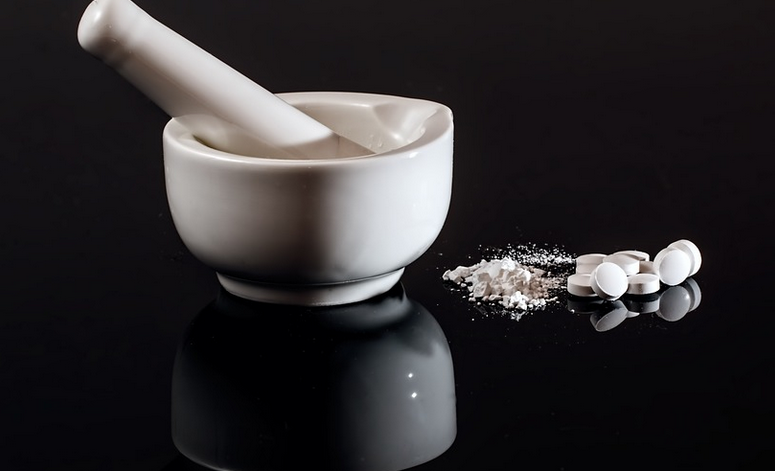Introduction
Microcrystalline cellulose (MCC) powder is a commonly used excipient in the pharmaceutical and food industries. It is a white, odorless, and tasteless powder that is derived from cellulose, a natural polymer found in plants. MCC is known for its excellent flow and compression properties, which make it ideal for use as a filler or binder in tablets, capsules, and other solid dosage forms. In this article, we will discuss the manufacturing process of MCC powder.
Raw Materials
The first step in the manufacturing process of MCC powder is the selection of raw materials. The primary raw material used in the process is wood pulp, which is obtained from different types of trees such as spruce, pine, and eucalyptus. The wood pulp is then treated with various chemicals to remove impurities and increase its cellulose content.
Pulping
After the raw materials are selected, the next step is pulping. In this step, the wood pulp is mixed with water and chemicals such as sodium hydroxide and sodium sulfite to break down the fibers and separate the cellulose from other components such as lignin and hemicellulose.
Bleaching
Once the pulp is separated, it is then bleached to remove any residual impurities and to increase its whiteness. This is done using a combination of chemicals such as hydrogen peroxide and chlorine dioxide.
Hydrolysis
After bleaching, the cellulose is hydrolyzed using sulfuric acid to break down the long cellulose chains into shorter ones. This process results in the formation of microcrystalline cellulose.
Washing and Drying
The next step is washing and drying the microcrystalline cellulose. This is done to remove any residual acid and impurities. The MCC is washed with water and then dried using a spray dryer or a fluidized bed dryer.
Sizing
After drying, the MCC is then sized to the desired particle size. This is done using a milling machine, which grinds the MCC into a fine powder.
Packaging
Finally, the MCC powder is packaged in airtight containers to prevent moisture and other contaminants from affecting its quality.
Conclusion
In conclusion, the manufacturing process of microcrystalline cellulose powder involves several steps, including selecting raw materials, pulping, bleaching, hydrolysis, washing and drying, sizing, and packaging. This process results in the production of a high-quality, versatile excipient that is widely used in the pharmaceutical and food industries.

